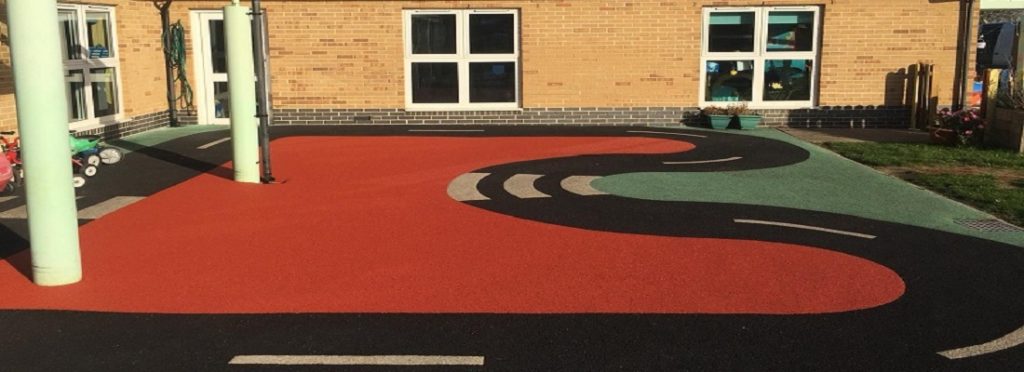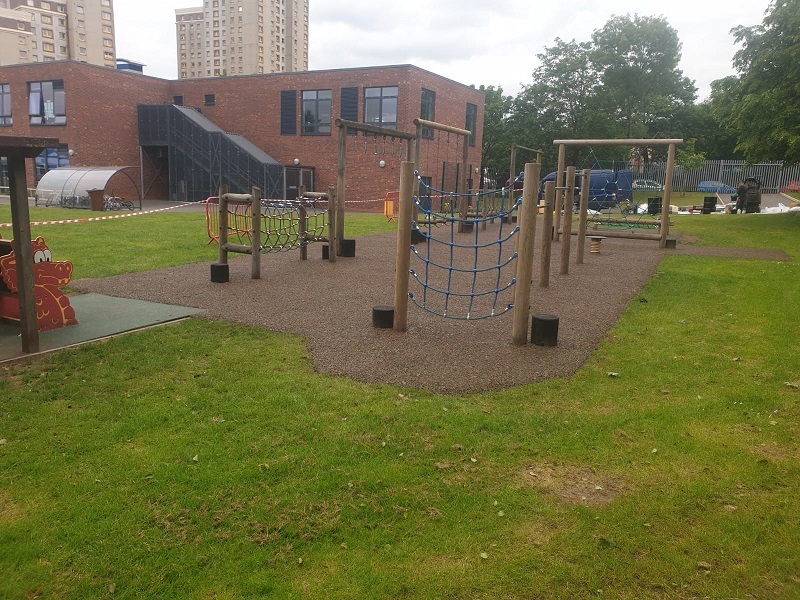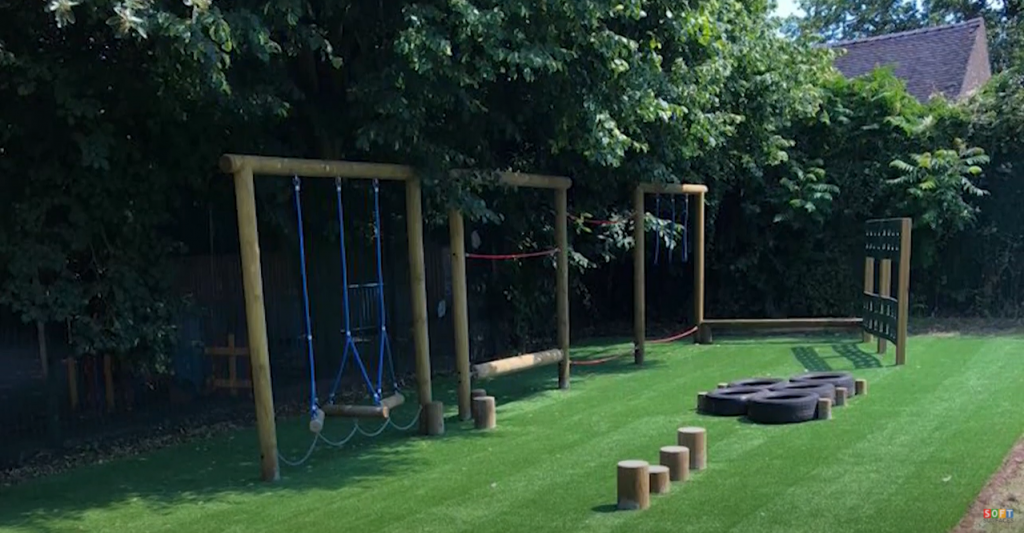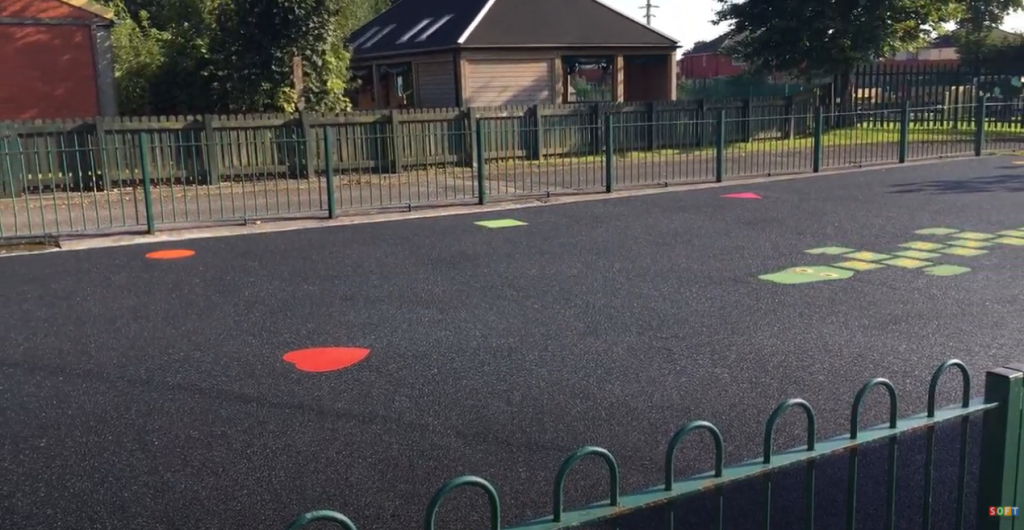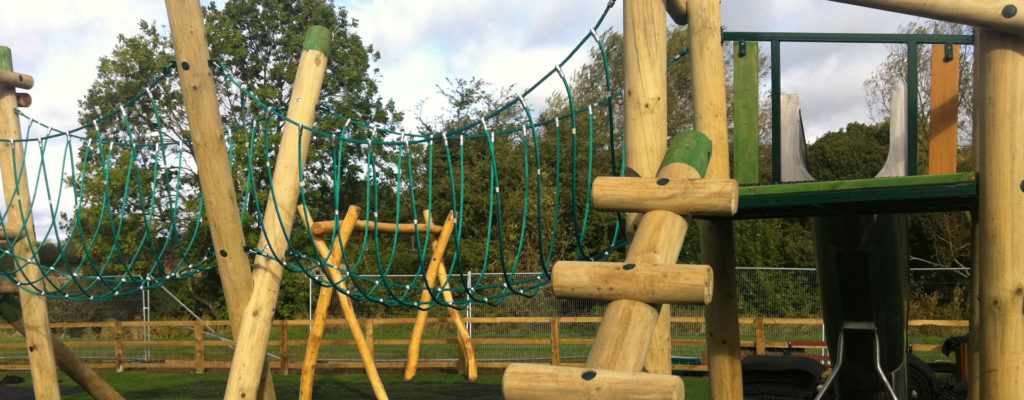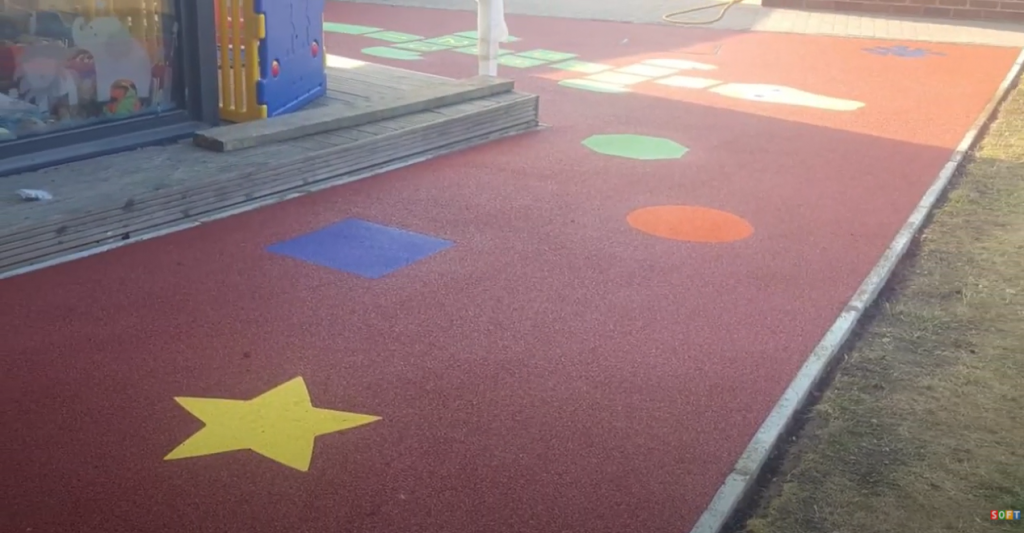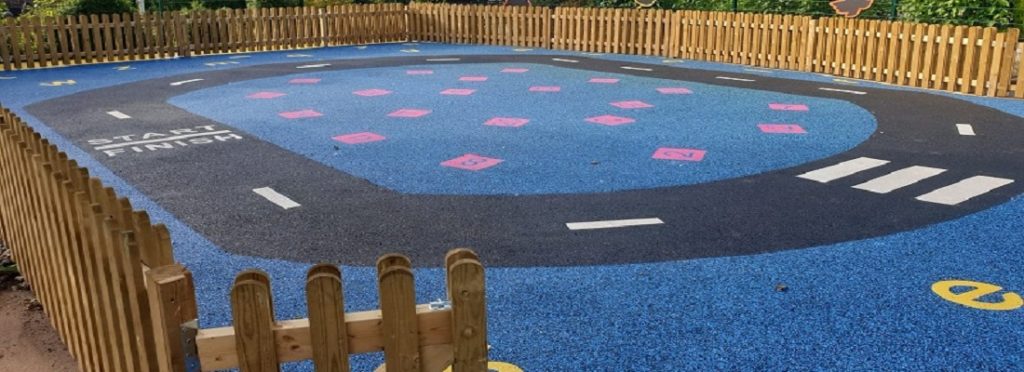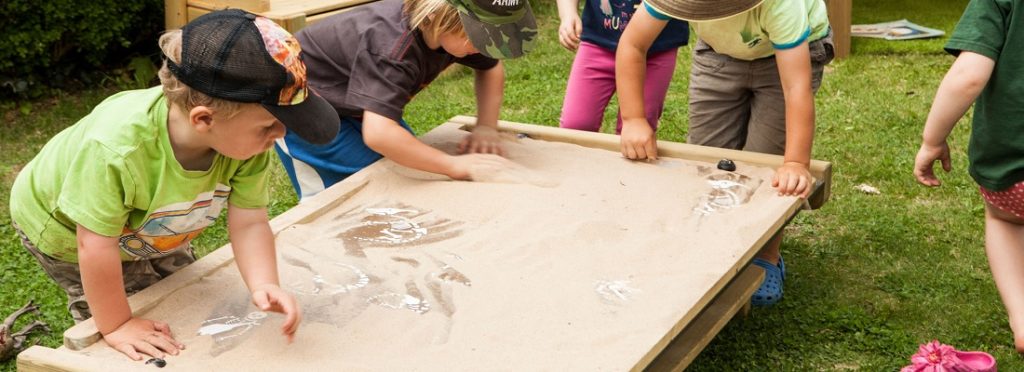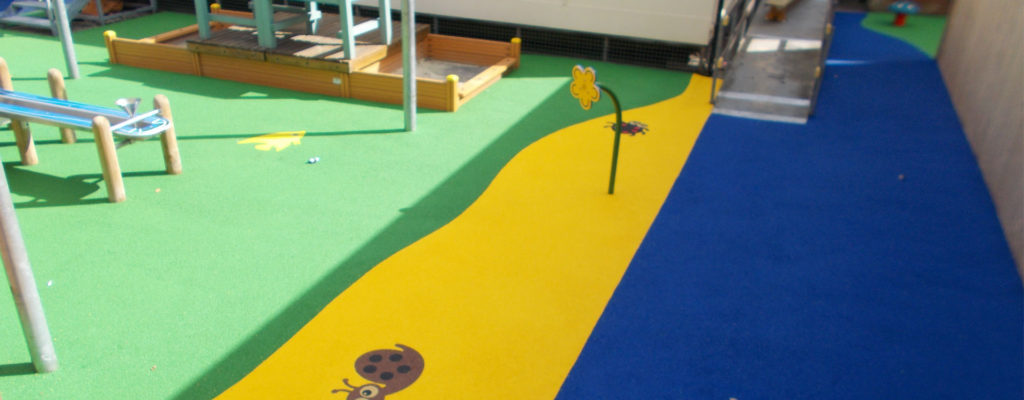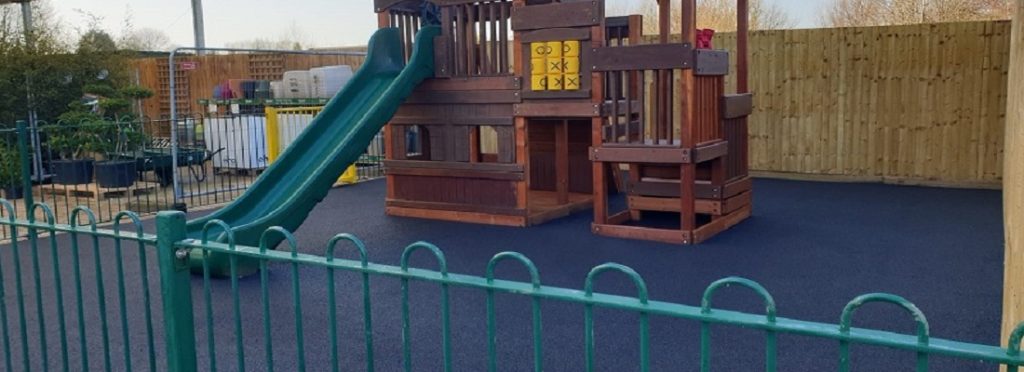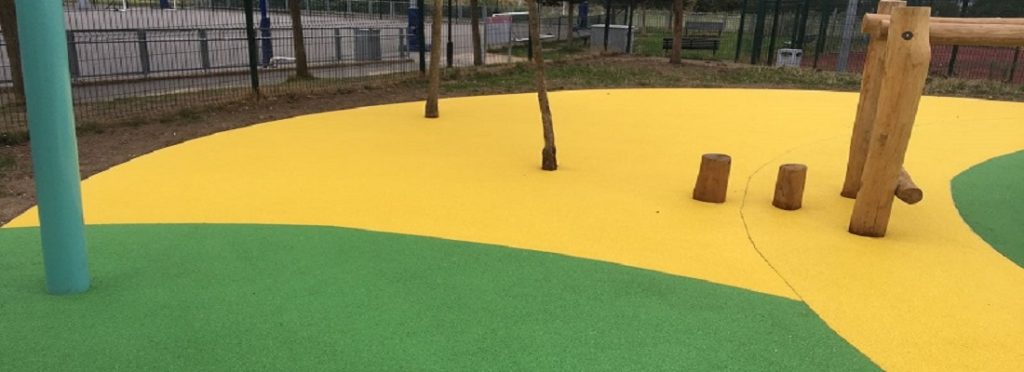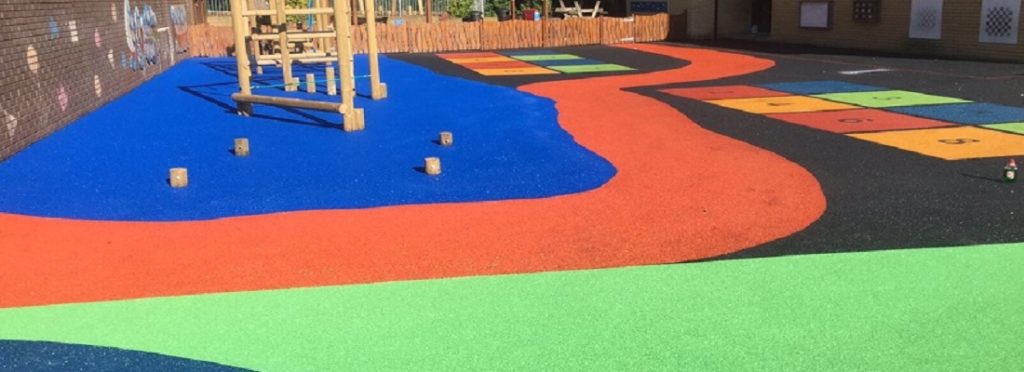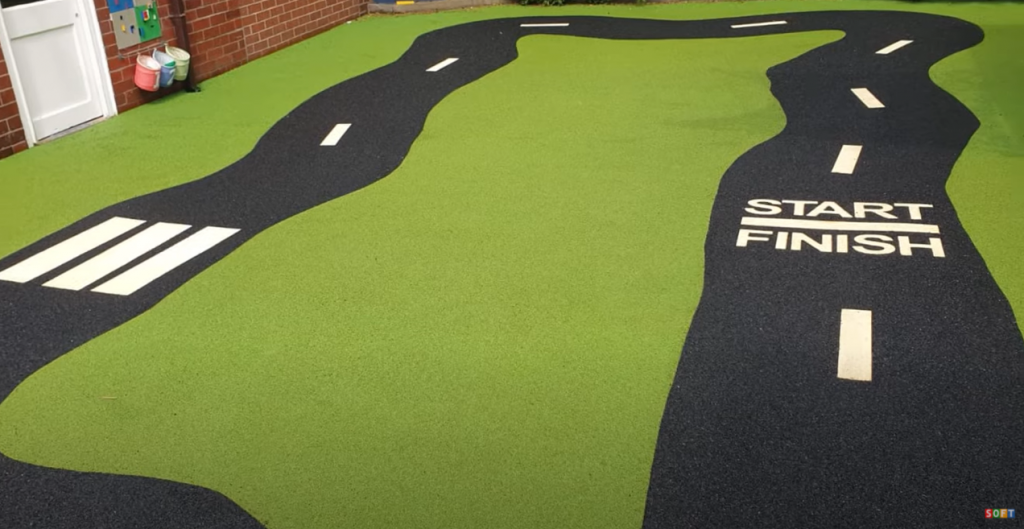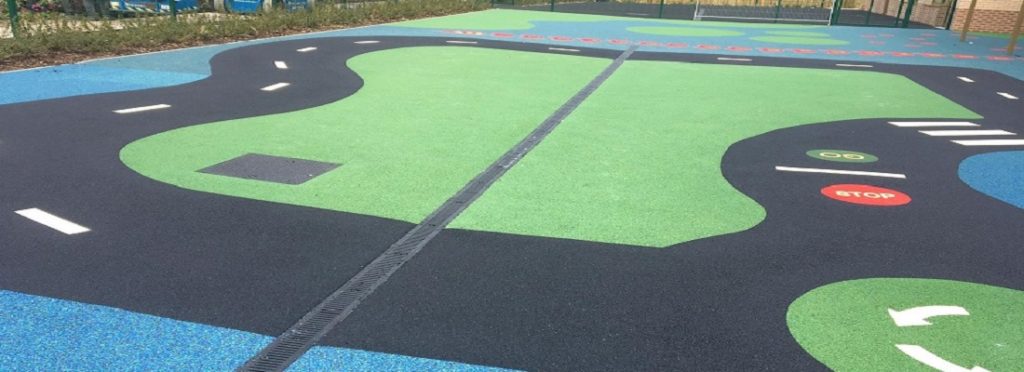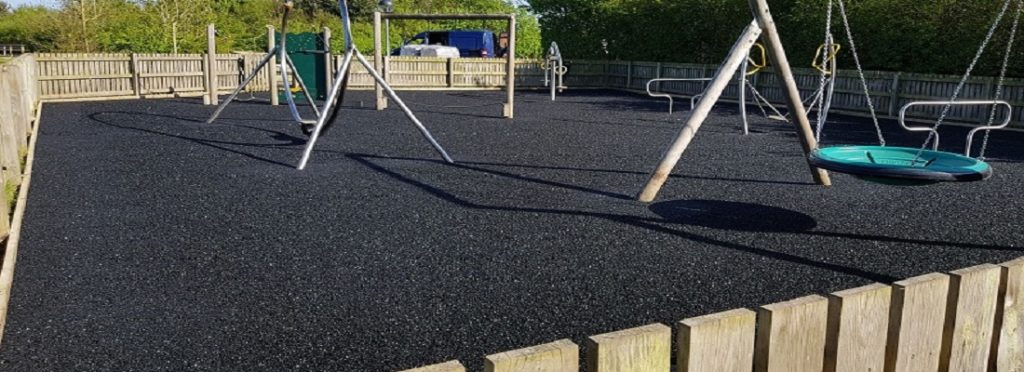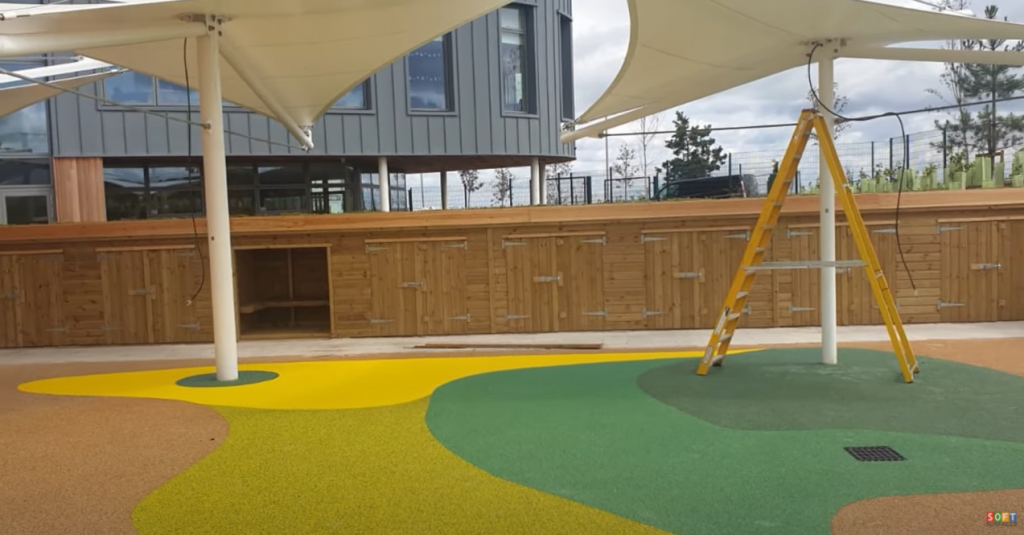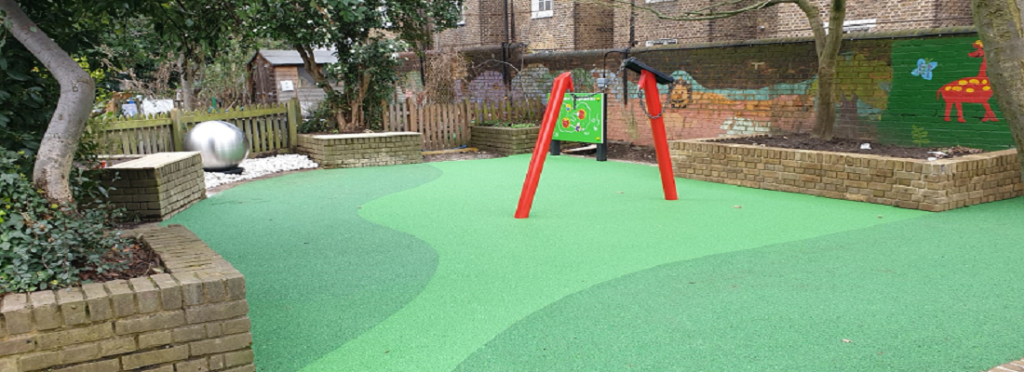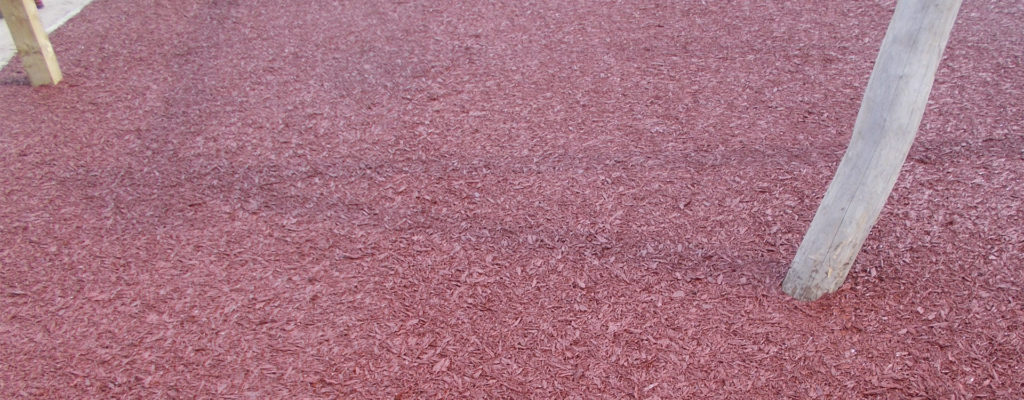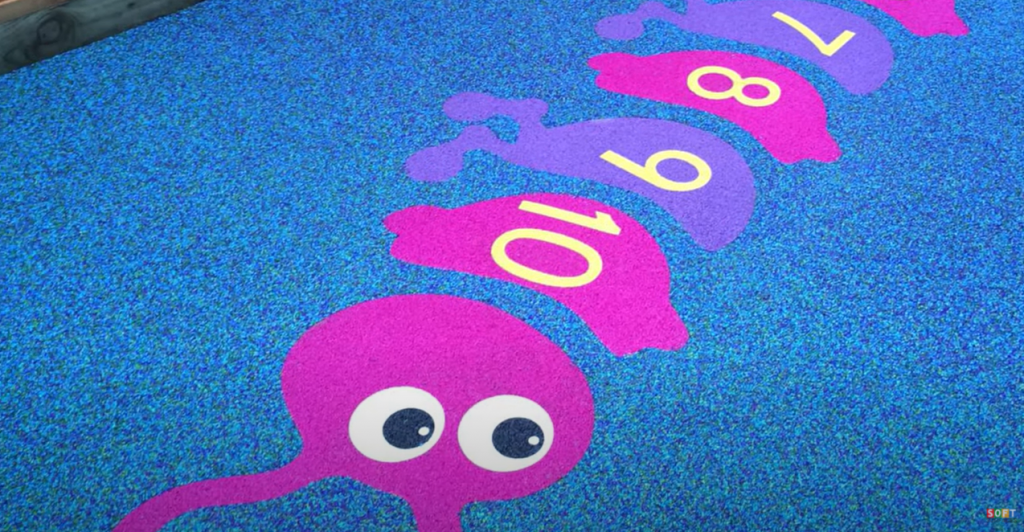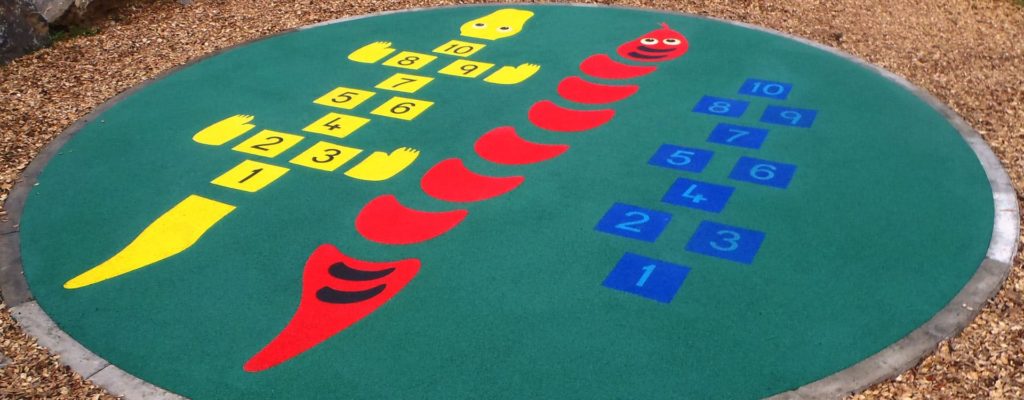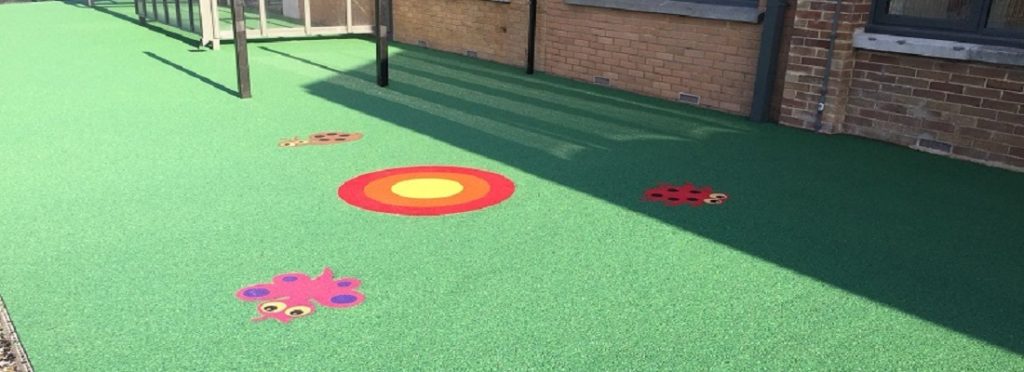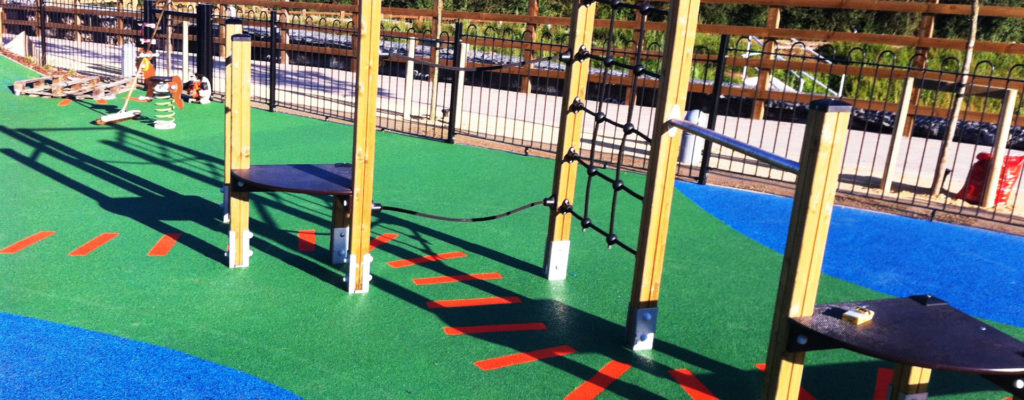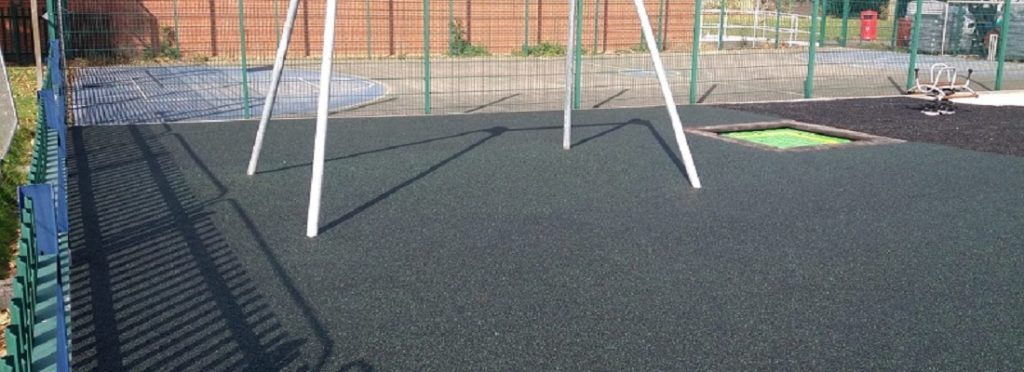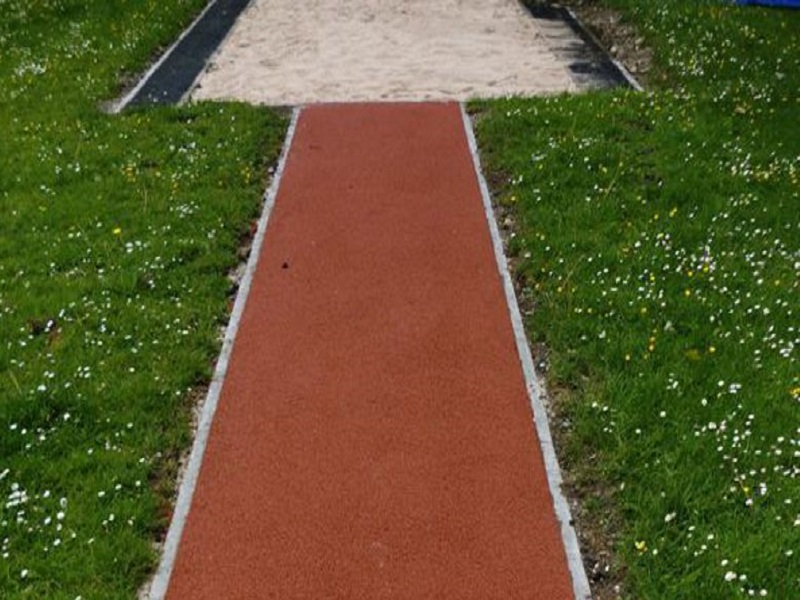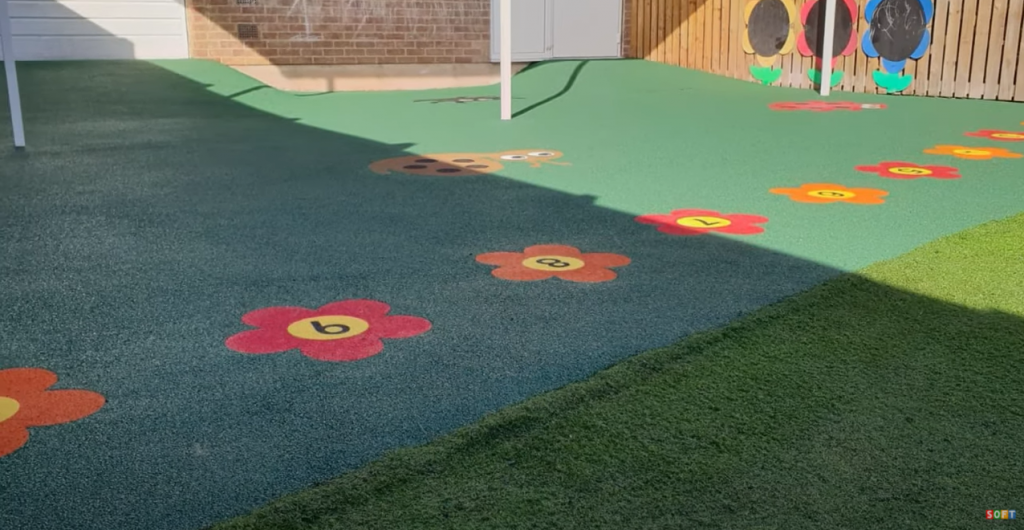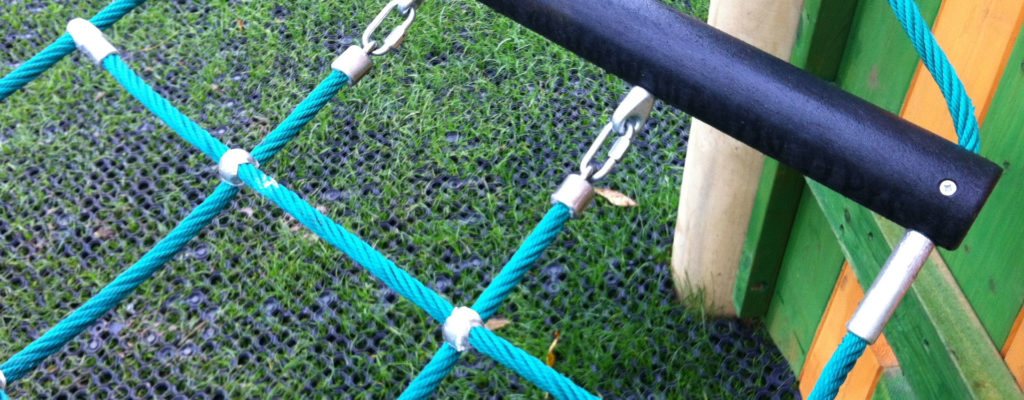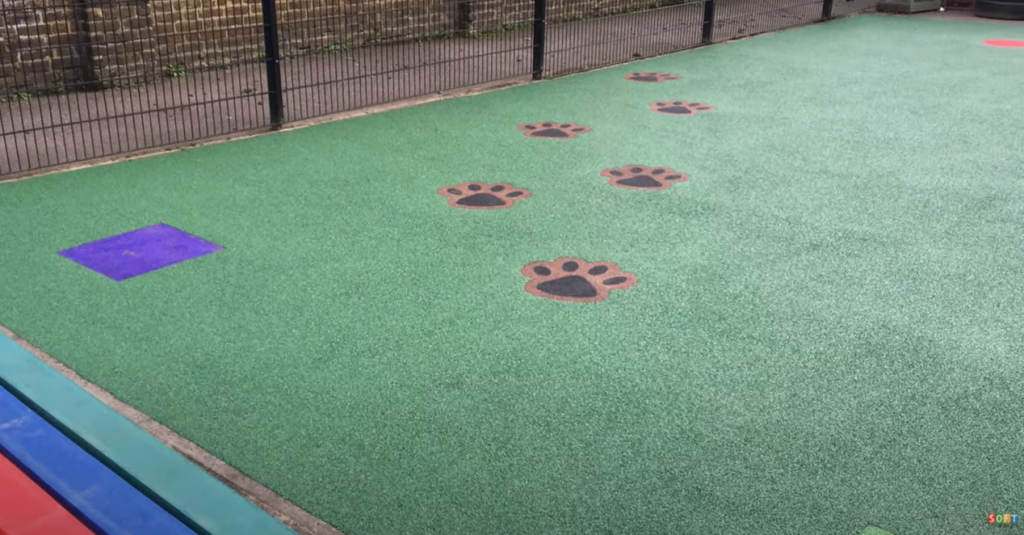At Soft Surfaces Ltd, we specialise in supplying and installing high-quality climbing frames specifically designed for schools across the UK. Our climbing frames enhance school playgrounds, providing both safety and fun through our diverse range of playground equipment tailored to meet the unique needs of primary schools.
These structures not only encourage outdoor play but also promote physical activity among children, making them an essential component of modern playground design. With our expertise in playground installation, we ensure that each climbing frame is both durable and safe for all users.
We pride ourselves on offering a wide selection of wooden climbing frames and commercial playground equipment, ensuring that every school playground can be customised to maximise enjoyment and learning for students.
Click HereTypes of Climbing Frames for Schools
When selecting climbing frames for schools, it’s important to consider various types to cater to different age groups, abilities, and interests. Here are some common types:
- Modular Climbing Frames: These frames are versatile and can be customised to fit different spaces and requirements. They often include slides, tunnels, and climbing walls.
- Freestanding Climbing Walls: These are vertical walls with various holds for climbing. They can be installed indoors or outdoors and are great for developing strength and coordination.
- Rope Climbers: These include rope nets, ladders, and bridges. They enhance balance and agility and can be integrated with other climbing structures.
- Adventure Playgrounds: These large, multi-functional structures incorporate various elements like slides, swings, and climbing features, offering a comprehensive play experience.
- Trim Trails: These are a series of linked climbing and balancing obstacles, such as logs, beams, and ropes, designed to develop physical fitness and agility.
- Natural Climbing Structures: Made from materials like wood and stone, these structures blend into the natural environment and provide a more organic climbing experience.
- Tower Play Structures: These feature tall towers with multiple levels connected by bridges, ladders, and slides, promoting imaginative play along with physical activity.
Each type of climbing frame can contribute to the physical and social development of children in a school environment.
How much do Climbing Frames for Schools Cost?
The average cost of climbing frames for schools is £2,500 – £3,000.
The price of climbing frames for schools can vary significantly based on several factors, including the type of equipment, materials used, and whether a bespoke design is requested.
Prices can fluctuate depending on the specific requirements set by local authorities and the complexity of the installation process.
It is essential for schools to consider these factors when planning their budgets for playground equipment, ensuring that they invest in safe and durable options that meet educational and recreational needs.
When evaluating the investment in climbing frames, it is important to analyse cost-related elements that include:
- Materials: Different materials such as wood, metal, or plastic can dramatically affect both the final price and longevity of the equipment.
- Design Choices: Customised designs may offer unique play experiences but often come with higher costs compared to standard options.
- Installation Complexity: More complex installations require skilled labour, increasing the overall expenditure.
These considerations play a pivotal role in a school’s overall budget, bringing attention to how crucial it is to allocate funds for quality over quantity. Investing wisely in playground equipment for schools not only enhances a school’s offering but also ensures safety and encourages active play among students.
Why Should Schools Have Climbing Frames?
Climbing frames serve as a vital component of any school playground, offering numerous benefits that can significantly enhance children’s physical activity and overall well-being. By incorporating outdoor play equipment such as climbing frames, schools can create engaging environments that promote exercise, teamwork, and social interactions among students.
These structures not only facilitate outdoor fitness but also provide opportunities for skill development, encouraging children to explore their physical capabilities in a safe setting. The investment in climbing frames directly contributes to better health outcomes for children and fosters a love for outdoor play.
Promotes Physical Activity
Climbing frames are essential in promoting physical activity among children, encouraging them to engage in outdoor play that is both enjoyable and beneficial for their health.
With their various climbing features, these frames motivate children to move, strengthening muscles and enhancing coordination while they play.
This type of physical activity is crucial for developing healthy habits from an early age, setting the foundation for a lifestyle that values fitness and active living.
Playing on climbing frames not only builds strength but also fosters skills such as balance and agility, essential components in a child’s physical development. As they navigate different challenges, children gain confidence and learn important lessons about perseverance and teamwork.
Research shows that children who are regularly engaged in outdoor play experience not only physical benefits but also improvements in mental health. Here’s a closer look at some of the skills developed through climbing frames:
- Muscle Development: Climbing and swinging help strengthen core, upper, and lower body muscles.
- Coordination: Children enhance their hand-eye coordination and spatial awareness while playing.
- Social Skills: Climbing together encourages communication and collaboration among peers.
- Problem Solving: Overcoming physical obstacles teaches children to think critically and adapt.
By incorporating playtime on these structures into their daily routine, parents can help their children cultivate a lifelong passion for fitness and outdoor activities.
Improves Gross Motor Skills
Engaging in activities provided by climbing frames significantly improves children’s gross motor skills, which are essential for overall physical development.
When children navigate climbing walls, monkey bars, and other features, they are actively working on their balance, coordination, and strength. These skills are not only vital for physical fitness but also play a crucial role in their ability to perform everyday tasks as they grow.
When children take on the challenges presented by climbing frames, they engage in a variety of movements that contribute to an array of physical capabilities. For instance, effectively traversing climbing structures requires a keen sense of balance, where children learn to stabilise their bodies in various positions, enhancing their proprioceptive skills.
The act of climbing helps in refining their coordination, as they must synchronise their hand and foot movements while overcoming obstacles. These activities also promote the development of strength, particularly in the core, arms, and legs, enabling children to lift their body weight and improve their overall endurance.
- Improvement in balance
- Enhancement of coordination
- Strength building
Through these physical challenges, not only do children enjoy the exercise, but they also gain confidence in their abilities, setting the stage for lifelong health and fitness habits.
Enhances Social Interaction
Climbing frames also play a significant role in enhancing social interaction among children, making them an invaluable addition to any school playground.
As children engage in play on climbing structures, they naturally form groups, communicate, and collaborate, learning important social skills that contribute to their emotional development. This interaction fosters a sense of community and teamwork, essential components of a positive school environment.
When children tackle challenges on a climbing frame, they must work together, sharing ideas and strategies to navigate obstacles effectively. Such scenarios encourage them to develop teamwork skills, as they learn to listen and respect each other’s input.
- Communication skills are sharpened as they verbally coordinate their movements.
- Trust and empathy grow as children lend a helping hand to peers who may struggle.
- A sense of achievement is collectively shared, reinforcing bonds among friends.
Ultimately, these collaborative experiences not only enhance their social skills but also contribute to their overall cognitive and emotional growth, enriching the outdoor play experience.
Increases Confidence and Self-Esteem
Using climbing frames can significantly increase a child’s confidence and self-esteem by providing a platform for them to achieve physical milestones.
When children successfully navigate the challenges presented by climbing frames, they gain a sense of accomplishment that boosts their self-worth and encourages them to take on new challenges. This confidence not only improves their play experiences but also translates into other areas of life, including academics and interpersonal relationships.
When engaging with climbing frames, children face various obstacles that necessitate problem-solving and perseverance. Overcoming these hurdles fosters a resilient mindset, allowing them to develop important life skills.
The act of conquering physical challenges creates a psychological link between effort and reward, which reinforces their belief in the ability to succeed in different contexts.
- As they master climbing techniques, fine motor skills improve, paving the way for greater agility.
- This physical improvement naturally leads to more ambitious goals, enhancing their desire to explore and engage actively with their surroundings.
- Thus, the thrill of accomplishment inherent in climbing contributes to a continuous cycle of achievement and encouragement.
Consequently, the interplay between physical activity and mental fortitude equips children with a robust framework for tackling life’s challenges confidently.
Benefits of Climbing Frames for Children
Climbing frames offer numerous benefits for children’s physical, mental, and social development. Here are some key advantages:
- Physical Development:
- Strength and Coordination: Climbing frames help build muscle strength, improve coordination, and enhance balance.
- Motor Skills: Navigating climbing structures improves fine and gross motor skills.
- Cardiovascular Health: Active play on climbing frames promotes cardiovascular fitness and overall health.
- Cognitive Development:
- Problem-Solving Skills: Climbing requires planning and problem-solving, fostering critical thinking abilities.
- Spatial Awareness: Children develop better spatial awareness and understanding of their body’s position in space.
- Emotional and Mental Health:
- Confidence and Independence: Successfully navigating climbing challenges boosts self-esteem and confidence.
- Stress Relief: Physical activity on climbing frames can reduce stress and anxiety, promoting mental well-being.
- Social Skills:
- Teamwork and Cooperation: Playing on climbing frames often involves working with others, fostering teamwork and cooperation.
- Communication: Children learn to communicate and negotiate as they play together, enhancing their social interaction skills.
- Imaginative Play:
- Creativity: Climbing frames can stimulate imaginative play, allowing children to create stories and scenarios, which boosts creativity.
- Risk Assessment:
- Understanding Limits: Children learn to assess risks and understand their physical limits, contributing to better decision-making skills.
Incorporating climbing frames in play areas supports holistic development, encouraging a healthy, active, and socially engaged lifestyle for children.
Get In Touch
If you are interested in enhancing your school playground with high-quality climbing frames, we are here to help. We provide comprehensive playground installation services and can guide you through selecting the best climbing frames and equipment tailored to your school’s needs.
Contact us today for a consultation and let us help you create a fun and safe outdoor play environment for your students.
Frequently Asked Questions
Does a Climbing Frame need Planning Permission?
In the UK, whether a climbing frame requires planning permission depends on several factors, including its size, location, and the specific regulations of your local planning authority.
Key considerations include:
- Height: Structures over a certain height (typically 2.5 metres) may require permission.
- Location: Front gardens often have stricter rules compared to rear gardens.
- Listed Buildings and Conservation Areas: Special regulations may apply if your property is listed or in a conservation area.
- Impact on Neighbours: If the structure affects the privacy or enjoyment of neighbouring properties, planning permission might be necessary.
It’s best to check with your local planning authority to ensure compliance with all relevant regulations.
Is it Worth Getting a Climbing Frame?
A climbing frame can be a valuable addition to schools.
It provides numerous developmental benefits and can keep children engaged and entertained for years.
How does a Climbing Frame Help a Child’s Development?
Climbing frames offer comprehensive developmental benefits, promoting physical health, cognitive skills, social interactions, emotional well-being, and sensory experiences.
These multifaceted advantages make climbing frames a valuable addition to any child’s play environment.
What Age are Climbing Frames Good for?
Climbing frames can be beneficial for children from as young as 1 year old up to their teenage years, provided the equipment is appropriate for their developmental stage and abilities.
What are Climbing Frames for Schools?
Climbing frames for schools are outdoor play structures designed specifically for school playgrounds. They typically consist of a combination of climbing walls, ladders, and platforms, providing children with a safe and fun way to engage in physical activity and develop their gross motor skills.
Are Climbing Frames for Schools Safe?
All of our climbing frames for schools are designed and installed with safety as a top priority.
They are made with high-quality materials and undergo thorough testing to ensure they meet safety standards. We also offer safety surfacing options to further enhance the safety of the play area.
Do you Offer Installation Services for Climbing Frames in Schools?
We specialise in supplying and installing climbing frames for schools all across the UK.
Our team of experienced professionals will handle every aspect of the installation process, from site preparation to the final assembly, to ensure a smooth and efficient process.
Can you Customise Climbing Frames for Schools?
We understand that every school has different needs and preferences, which is why we offer customisation options for our climbing frames. From colour schemes to add-on features, we can work with you to create a unique and personalised climbing frame for your school.
How Long will it take to Install a Climbing Frame in our School?
It takes approximately 1-3 days to install a climbing frame in a school.
The time it takes to install a climbing frame in your school will depend on the type and size of the frame, as well as the site conditions.
We will provide you with a specific timeline and keep you updated throughout the installation process.
- Benefits of a Mud Kitchen for a School Playground
- Benefits of Climbing in Primary School
- Benefits of Outdoor Gym Equipment
- Benefits of Trim Trails for Physical Development
- Best Playground Equipment for Primary Schools
- Climbing Frames for Schools
- Inclusive Playground Equipment for Schools
- Playground Equipment for Schools
- Sand and Water Play Activities for Kids
- School Adventure Trail Designs
- School Playground Ideas
- SEN Playground Equipment for Schools
- Trim Trails for Schools








